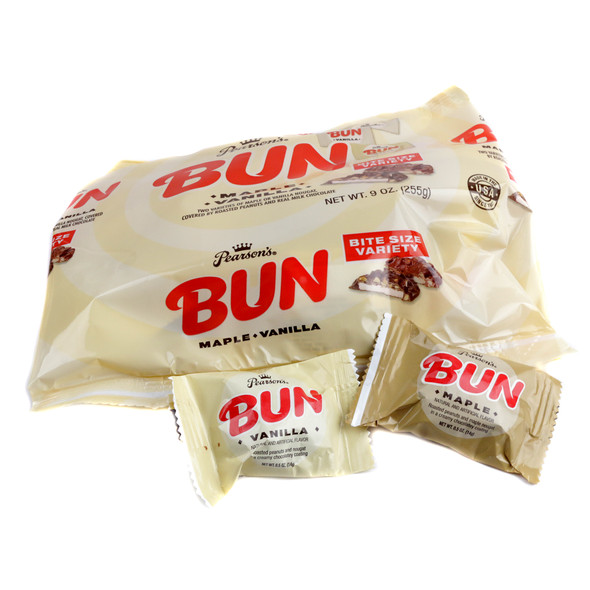Candy bars are solidified, rectangular confections typically composed of chocolate coating a variety of fillings, trace their history back to 1847 when Joseph Fry, an English chocolate maker, developed a method to create a moldable chocolate paste, producing the world's first edible chocolate bar. However, the American-style "combination bar" that mixes ingredients like nougat, caramel, nuts, and chocolate—the type most recognized today—came later, with the Goo Goo Cluster in 1912 often cited as the first of this kind in the United States. The subsequent explosion in popularity was significantly fueled by World War I, as the U.S. Army commissioned manufacturers like Hershey to supply chocolate blocks for soldiers' rations, creating a massive post-war market of returning troops who craved the treat. This period, particularly the Roaring Twenties, became the "Golden Age" of candy bar innovation, with thousands of different brands appearing. The classic Snickers bar, introduced in 1930 and named after the Mars family's favorite horse, is consistently ranked among the best-selling candy bars globally, containing nougat, caramel, peanuts, and milk chocolate. Another iconic example, the 3 Musketeers bar, debuted in 1932 and originally contained three smaller bars in one package—chocolate, strawberry, and vanilla—though due to World War II rationing of sugar, the other two flavors were discontinued, leaving only the chocolate nougat center that remains today. This format’s portability and concentrated energy content helped solidify its role as a ubiquitous snack. Consider how the ingredients in your favorite candy bar reflect the era in which it was invented and explore the history of its unique name. Like the classic Charleston Chews. They have diverse compositions offer satisfying experiences, fulfilling cravings for both sweetness and substance. Explore our selection and find your favorite today!



 Out of StockOut of Stock
Out of StockOut of Stock

 Out of StockOut of Stock
Out of StockOut of Stock

 Out of StockOut of Stock
Out of StockOut of Stock



